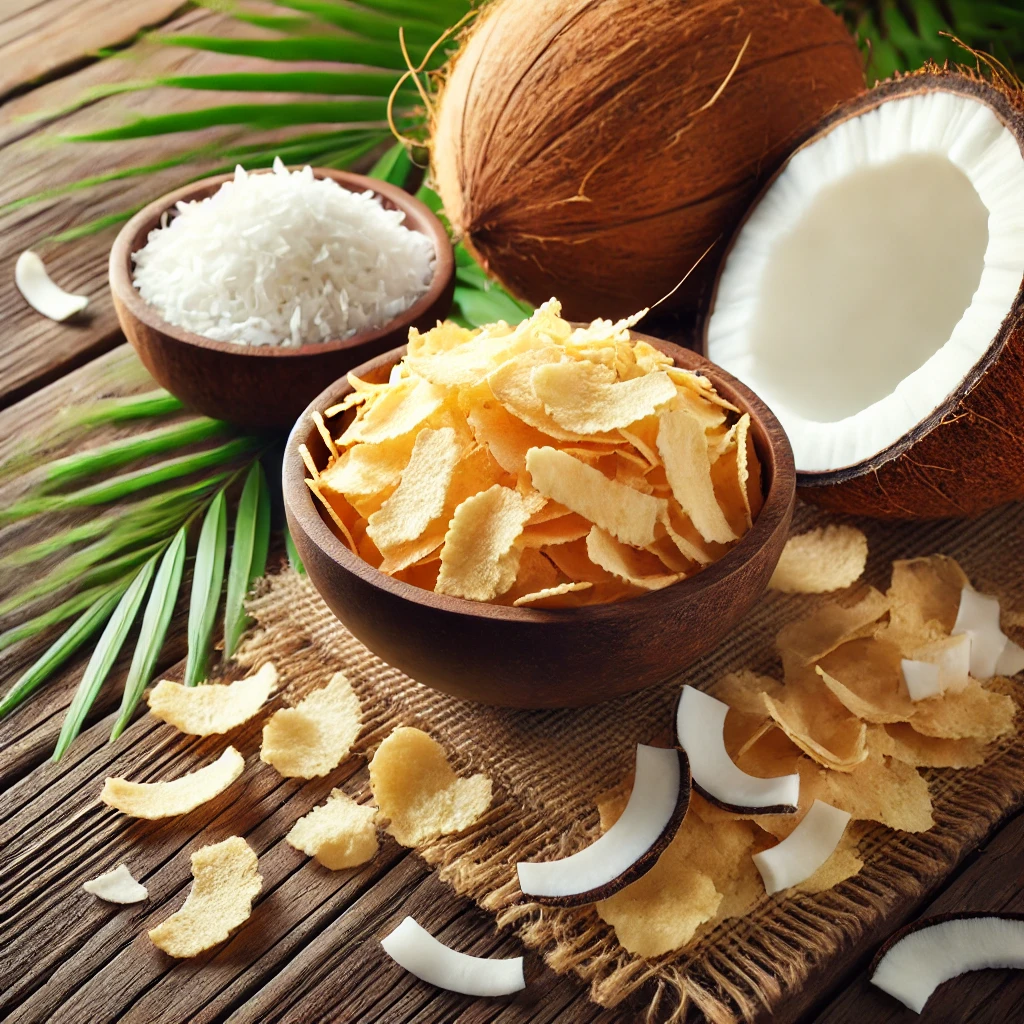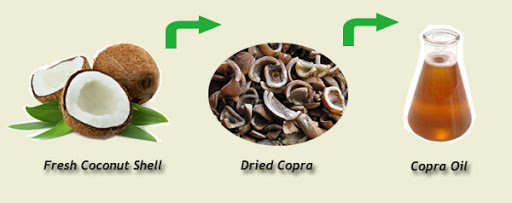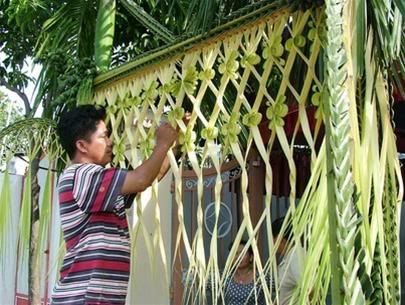
Coconut chips and flakes are popular ingredients in cooking and snacking, with distinct culinary uses. Here’s a breakdown of each:
1. Coconut Chips:
- Texture and Size: Coconut chips are larger and thicker slices of coconut flesh, typically roasted or dehydrated. They have a crisp, crunchy texture.
- Culinary Uses:
- Snacking: Often enjoyed as a snack on their own, either plain or flavored (e.g., salted, sweetened, or spiced).
- Toppings: Added to yogurt, smoothie bowls, salads, or desserts for a crunchy element.
- Baking: Used in granola, cookies, or trail mixes to add texture.
- Savory Dishes: Can be used as a topping for curries, stir-fries, or roasted vegetables for added texture and a mild coconut flavor.
2. Coconut Flakes:
- Texture and Size: Coconut flakes are smaller and thinner than chips, often unsweetened, shredded, or flaked in a variety of sizes. They are typically dried but not as thick as chips.
- Culinary Uses:
- Baking: Commonly used in cakes, cookies, macaroons, and other desserts.
- Coating: Great for coating desserts like chocolate truffles or as a topping for ice cream.
- Breakfast Dishes: Used in granola, cereal, or sprinkled over oatmeal or smoothie bowls.
- Savory Uses: Can be toasted and added to rice dishes or salads.
Both coconut chips and flakes bring a nutty, mildly sweet coconut flavor to dishes, though their texture makes them ideal for different purposes. Chips are more robust and suitable for snacking or adding crunch, while flakes are versatile in baking and topping.



